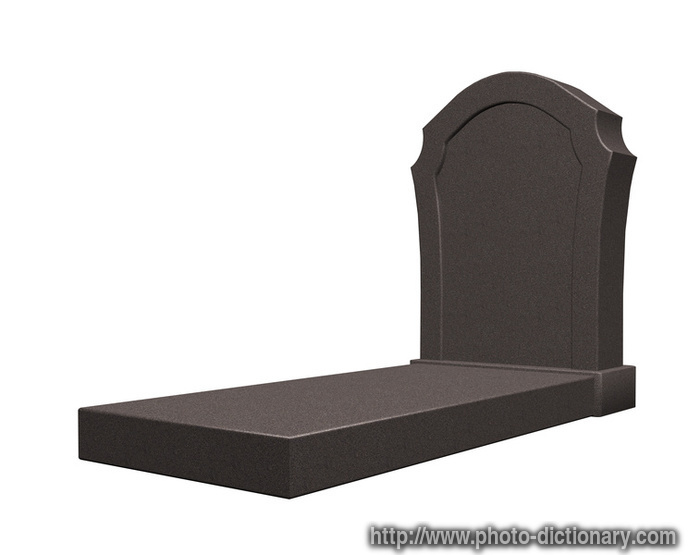SO IS THE ORIGINAL MFT DEAD OR ALIVE?
128 posts
• Page 1 of 3 • 1, 2, 3
- Posts: 148
- Joined: Mon Sep 17, 2012 10:50 am
- Posts: 4
- Joined: Mon Mar 11, 2013 5:43 pm
- Posts: 30
- Joined: Mon Apr 08, 2013 6:00 pm
- Posts: 203
- Joined: Fri Oct 12, 2012 6:36 am
- Posts: 30
- Joined: Mon Apr 08, 2013 6:00 pm
- Posts: 234
- Joined: Sun Feb 03, 2013 12:23 pm
- Posts: 277
- Joined: Sun Sep 09, 2012 6:06 pm
- Posts: 30
- Joined: Mon Apr 08, 2013 6:00 pm
- Posts: 203
- Joined: Fri Oct 12, 2012 6:36 am
- Posts: 277
- Joined: Sun Sep 09, 2012 6:06 pm
- Posts: 19
- Joined: Sun Mar 10, 2013 8:39 pm
- Posts: 234
- Joined: Sun Feb 03, 2013 12:23 pm
- Posts: 30
- Joined: Mon Apr 08, 2013 6:00 pm
- Posts: 234
- Joined: Sun Feb 03, 2013 12:23 pm
- Posts: 203
- Joined: Fri Oct 12, 2012 6:36 am
- Posts: 166
- Joined: Mon Mar 04, 2013 10:31 pm
- Posts: 30
- Joined: Mon Apr 08, 2013 6:00 pm
- Posts: 61
- Joined: Thu Sep 20, 2012 6:58 pm
i am the one
- Posts: 662
- Joined: Mon Sep 24, 2012 9:00 pm
- Location: Boston, MA
- Posts: 277
- Joined: Sun Sep 09, 2012 6:06 pm
- Posts: 30
- Joined: Mon Apr 08, 2013 6:00 pm
i am the one
- Posts: 50
- Joined: Wed Oct 17, 2012 11:21 am
- Posts: 203
- Joined: Fri Oct 12, 2012 6:36 am
- Posts: 41
- Joined: Wed Aug 22, 2012 8:51 am
- Location: London, England
popcornflix
- Posts: 46
- Joined: Wed Dec 05, 2012 8:50 pm
- Posts: 41
- Joined: Wed Aug 22, 2012 8:51 am
- Location: London, England
- Posts: 63
- Joined: Fri Nov 09, 2012 1:29 am
- Posts: 2
- Joined: Wed Aug 22, 2012 10:54 am
128 posts
• Page 1 of 3 • 1, 2, 3
Who is online
Users browsing this forum: Bing [Bot], dawnsen and 32 guests


